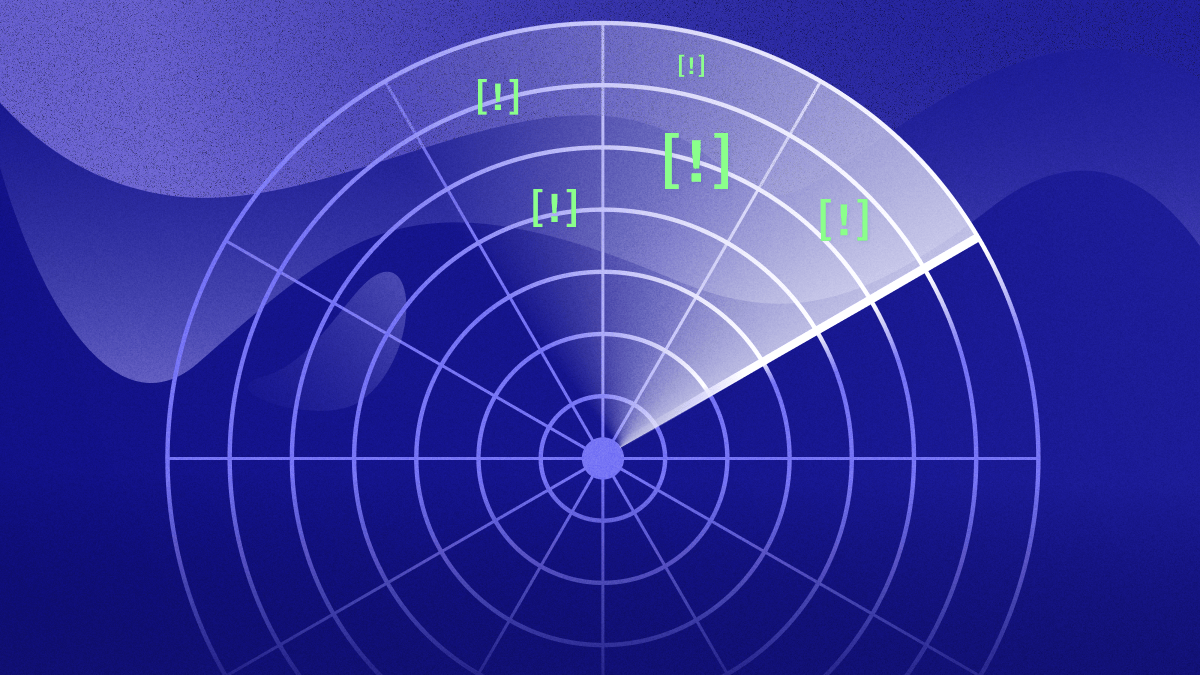Every day, cybercriminals, hackers employed by nation-states, and other malicious actors scour the cybersecurity threat landscape for any and all ways they can break into a company’s systems and make off with loads of valuable, sensitive information. It’s the job of cyber risk leaders and their teams to continuously identify, anticipate, and address every one of these vulnerabilities to keep their organizations safe and secure.
Most people in cybersecurity and risk management refer to this process as managing your attack surface or risk surface. The risk surface is made up of all the access points and vectors a threat actor could exploit to obtain access to your organization’s sensitive data and assets, including both internal and external threats.
As organizations around the world move more and more of their operations online and into the cloud—especially since the beginning of the coronavirus pandemic and the subsequent shift to remote and hybrid work—this work has emerged as a top priority for cyber teams. Last year, nearly three out of every four organizations reported that they have been compromised due to a poorly-managed risk surface.
The perpetually changing nature of every organization’s cyber risk surface makes it a daunting task, but fortunately, there are plenty of ways to make it a much more manageable effort.
Say goodbye to spreadsheets
The only approach to managing your cyber risk surface that’s worse than relying on a tangle of spreadsheets, emails, or direct messages is not managing it at all. This is especially true at large, established enterprises and organizations that have reached the scale up phase, during which your risk surface, the complexity of your programs, and the number of cooks in the kitchen all begin rapidly increasing.
So, ditch those antiquated and manual methods and implement a modern GRC platform instead. GRC platforms and other risk management systems are designed to act as a single source of truth that centralizes all of your risk data in one place, and the best ones integrate with your other business-critical systems, so that you’re able to both pull risk data in from every corner of your operation and easily communicate out to the appropriate stakeholders if you identify a risk that needs to be addressed immediately.
Using this technology ensures you have eyes on all of your cyber risks at all times, which helps prevent missed threats that can cause serious harm to your business. No more drilling down into folders to hunt for a spreadsheet, fumbling through messy cloud drives, or trying search term after search term to locate a single email. And, using a GRC solution that can easily be changed, modified, and scaled means it will fit neatly into your risk surface management strategy—a process defined by constant change.
The higher the impact, the higher the priority
Another perennial challenge in risk surface management is knowing which risks deserve the most attention first.
Of course, every cyber risk should be identified, evaluated, and addressed as a potential threat to your business, but some carry a far higher potential to cause catastrophic—even existential—harm. Think: a breach that compromises highly sensitive or personally identifiable information affecting thousands of individuals, or one that allows a threat actor to access a client’s systems in addition to your own.
Using cyber risk quantification techniques to evaluate and score each risk is your best bet in this case. This will allow you to start pinning hard financial impact numbers to each threat, so you can get a look at how much money a particular risk could cost you, and how often. Plus, it’s a powerful way to add context to your presentations to leadership when you’re trying to build support for your GRC and cybersecurity initiatives.
At a basic level, you can use risk matrices to start categorizing and prioritizing your risk, but using quantification methods like Monte Carlo simulation and the Open FAIR framework will add much deeper context and allow you to make better decisions faster.
The right tool for the job
We’ve established that a modern, purpose-built GRC platform is one of the best solutions for wrangling your cyber risk surface into a single, centralized source of truth, but not every GRC system is created equally.
GRC platforms that rely on relational database technology are outdated, but they’re still on the market. You can certainly get by with these solutions, but they’re not designed to handle the complexities of a cyber risk management program at scale, and they have trouble adapting and evolving as the threat and regulatory landscapes change (which happens a lot.)
Platforms built on graph database technology, like LogicGate Risk Cloud, are far more flexible and easy to change and scale. They’re also a lot faster than relational systems, so reporting and other tasks can be done much more quickly. Oftentimes, relational databases fail altogether when asked to handle these tasks.
A holistic approach to an ever-changing problem
Combining these three methods for cyber risk surface management will ensure you’ve got an agile, scalable, and streamlined process in place for anticipating and responding to any cyber threat that comes your way.
LogicGate Risk Cloud includes all of the tools you need to get started with improving your cyber risk surface management. Click here to explore the Cyber Risk and Controls Compliance Solution.
